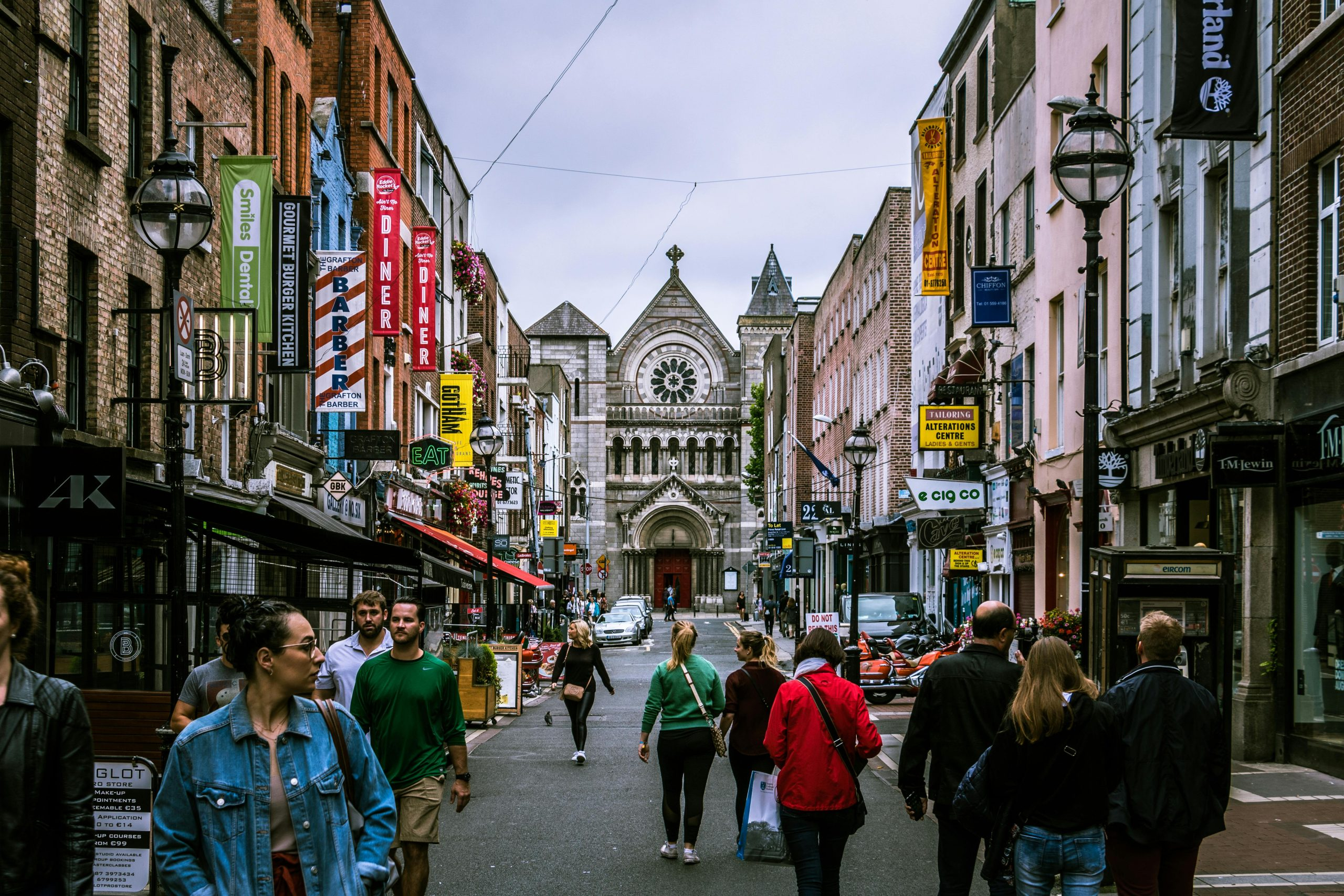Abandoned Department Stores Reborn as Co-Living/Co-Working Hubs
With the rise of e-commerce, traditional department stores have been struggling to survive in the modern retail landscape. Many of these once-bustling shopping destinations now sit abandoned, leaving a void in both the physical and economic landscape of cities around the world. However, a new trend has emerged, offering hope for these empty buildings. Co-living and co-working hubs have been transforming abandoned department stores into vibrant, communal spaces, providing a new way of living and working for urban residents.
The Rise of Abandoned Department Stores
In the mid-20th century, department stores were bustling hubs of activity. These massive buildings were not only places to shop, but also social and cultural centers. However, with the advent of online shopping, many traditional department stores have been left behind. According to the U.S. Census Bureau, e-commerce sales have been steadily rising over the past decade, totaling $600 billion in 2019. This shift towards online shopping has resulted in the closure of thousands of brick-and-mortar stores, leaving large, abandoned spaces in their wake.
The Rise of Co-Living and Co-Working
In response to the changing retail landscape, a new trend has emerged – co-living and co-working. Co-living refers to communal living spaces where residents share common areas and amenities, while co-working spaces are shared workspaces where individuals or small businesses can work alongside others in a collaborative environment. These concepts have gained popularity in major cities around the world, offering a sense of community and affordability in urban areas with high housing and office costs.
Transforming Abandoned Spaces
The concept of repurposing abandoned department stores into co-living and co-working hubs has been gaining traction in recent years. These buildings, with their large, open spaces, lend themselves well to transformation. Developers and investors see the potential in these abandoned structures, not only for their prime locations but also for their unique character.
Amenities and Services
One of the main draws of co-living and co-working spaces is the variety of amenities and services they offer. These can include fitness centers, rooftop terraces, communal kitchens, and even on-site cafes. In addition, many of these spaces provide services such as cleaning and laundry, allowing residents to focus on their work or social activities without the burden of household chores.
Community and Networking
One of the biggest benefits of co-living and co-working spaces is the sense of community and networking opportunities they provide. In a world that is becoming increasingly digital, these hubs offer a physical space for people to connect and collaborate. This can be especially beneficial for freelancers and remote workers, who may otherwise feel isolated in their work.
Affordability
With the rising cost of living in cities, co-living and co-working hubs offer an affordable option for urban residents. Instead of paying high rent for a small apartment and expensive office space, individuals can save money by sharing living and working spaces with others. This not only helps with cost savings, but also creates a more sustainable and community-focused way of living.
The Future of Abandoned Department Stores
As the demand for co-living and co-working spaces continues to grow, abandoned department stores offer an exciting opportunity for developers and investors. These spaces, once symbols of the retail industry’s decline, are being reborn as vibrant, communal hubs. The transformation of these buildings not only brings economic benefits to cities, but also creates a sense of community and connection in an increasingly digital world.
Conclusion
With the rise of e-commerce and the decline of traditional retail, abandoned department stores have become a common sight in cities around the world. However, the emergence of co-living and co-working hubs has breathed new life into these old buildings. By providing a sense of community, affordability, and unique amenities, these hubs are transforming abandoned spaces into bustling, communal hubs. As this trend continues to grow, it may just be the key to revitalizing not only these buildings, but also the communities around them.











